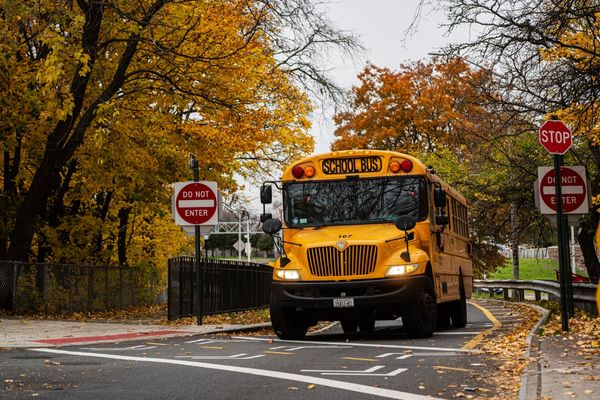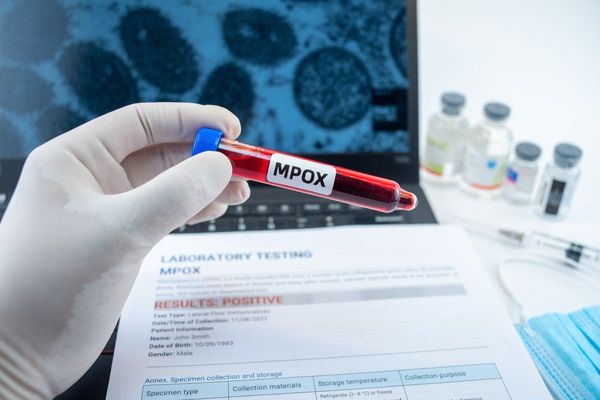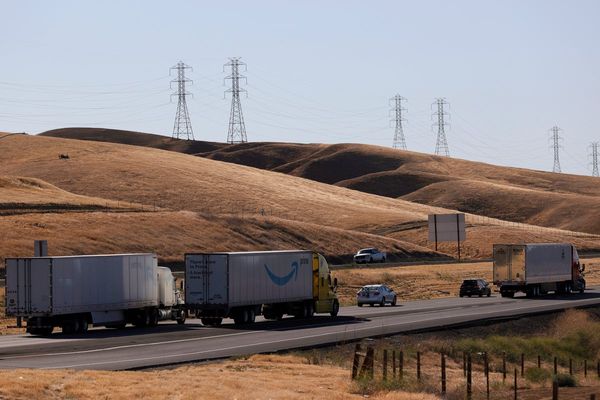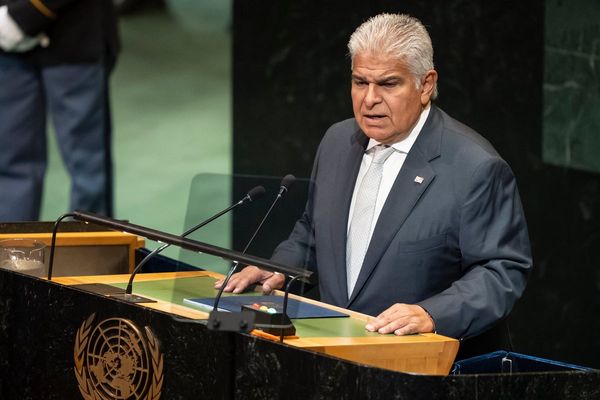At the very top of every Bell Iroquois helicopter flown during the Vietnam War was a singular, vital retaining device colloquially known as the "Jesus nut".
Why so? Because this one big retainer - known in official RAAF-speak as a "flight critical component" - held fast the two huge 13-metre rotor blades.
And it was the job of Elliott "Mac" Weller's team of ground engineers to make sure that crucial nut - among hundreds of other maintenance tasks - was torqued up just right.
If the nut failed, or wasn't done up right, things would go very bad, very quickly.
"You had to have a specific number of threads exposed. If you didn't get that right, well ... it doesn't bear thinking about," said Mr Weller, a now-retired Air Vice Marshal but back then, a senior engineer with the 9th Squadron.
Iroquois pilot Bob Redman, who depended on the skills and thoroughness of Mac Weller's ground crews in order to to stay aloft and alive, wholeheartedly agreed.
"Without Mac and his amazing crew of guys, I wouldn't here," he said.
"They kept us alive; they were just brilliant."
The two RAAF veterans are among thousands of other service men and women gathering around the country this month to commemorate the 50th anniversary of the end to the Vietnam conflict.
Their reflections this week on how helicopters brought them together as mates almost half a century ago had a sad underscore last week when four servicemen died after an MRH-90 Taipan ditched late at night in the ocean off Hamilton Island during a peacetime military operation.
Helicopters are now one of the essential "tools in trade" of armed forces all around the world. But it wasn't always the case.
The Vietnam War is often described as the first major helicopter conflict and the UH-1 Iroquois, better known as the "Huey", was like an aerial utility knife of the time.
It was used across a huge number of roles, including scouting missions, air assaults, transport, medevac and supply.
While Redman was often at the "sharp end" of the conflict as a pilot during his year in Vietnam, he had to place complete faith in the engineers back at the helo base that the complex piece of machinery he was flying wasn't going to fail.

The grit, heat, humidity and torrential rain of the tropics were hard on machinery. The choppers were needed in-service so much that Mac Weller's ground crews often had to work through the night to keep them serviceable.
Bullet holes in the fuselage were patched and painted while spare parts the engineers couldn't get through supply channels or strip from unserviceable aircraft would bartered for with cartons of VB.
"These helicopters have lots of shafts and bearings and every adjustment you made affected a lot of other components, so after a repair or service you grabbed a pilot and took it for test flight," Mr Weller said.

"You did everything possible to keep them [the helicopters] flying and safe. We were pretty good scroungers."
Bob Redman was a 20-year-old surfer from Belmont beach in Newcastle when his number came up in the conscription ballot. He'd decided to join up anyway and like many, ended up in Canberra for flight training.
"I'd never even caught a plane flight before I joined up," he said.
"I guess I had a natural aptitude for flying. After training, I gravitated toward helicopters because there were plenty of them around."

He said the Huey had mostly hydraulic controls with little feedback under his hands, with a pull-up collective lever beside the seat for the throttle, foot rudders, and a cyclic between the knees to control the huge two-bladed rotor.
Hard as it is to imagine now, the ACT's Fairbairn air base was a critical element then to the RAAF's involvement in the war. It was home to the 5th Squadron, with 80 live-in pilots and dozens of aircraft on the tarmac or in the hangars.
"In fact, I married a Canberra-based girl who I met here while at Fairbairn," retired Wing Commander Redman said.
"I met her when she was a nurse at the Royal Canberra Hospital."
Mac Weller, who was part of the RAAF "regulars" at the time, had to leave Australia for Vietnam when his daughter, Karen, was just 10 days old.
We've made it a whole lot easier for you to have your say. Our new comment platform requires only one log-in to access articles and to join the discussion on The Canberra Times website. Find out how to register so you can enjoy civil, friendly and engaging discussions. See our moderation policy here.







